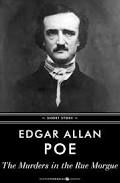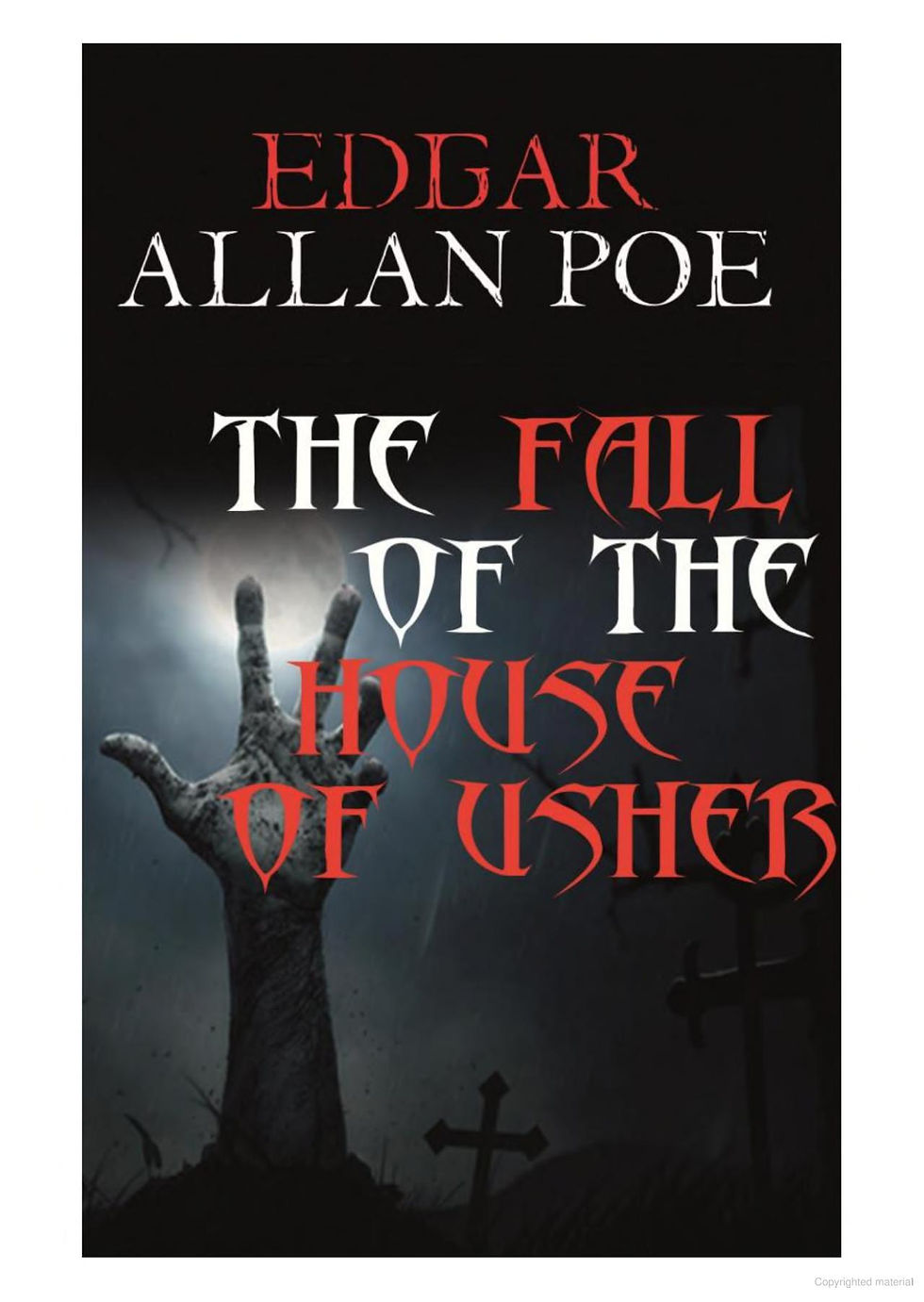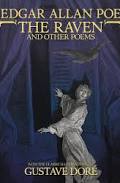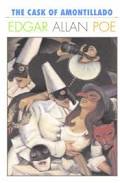Edgar Allan Poe: The Master of Macabre and Mystery
- Debbie Brown

- Oct 21, 2024
- 4 min read
It's officially fall--it gets dark early and the sun rises later. It's the time of year when spooky and scary stories become more popular and the authors of these stories become more celebrated. Today we will take a look at Edgar Allan Poe: his life, his death, his stories, and the lasting impression he left on American literature.

Edgar Allan Poe (1809-1849) is one of the most iconic and influential writers in American literature, known for his dark, gothic tales of mystery, madness, and death. A master of short stories and poetry, Poe’s work has left an indelible mark on the horror and detective fiction genres. His tumultuous life, tragic death, and unparalleled creativity continue to captivate readers and scholars alike.
Early Life and Literary Beginnings
Edgar Allan Poe was born on January 19, 1809, in Boston, Massachusetts. His parents, both actors, died when he was very young. Poe was taken in by John and Frances Allan of Richmond, Virginia, though he was never formally adopted. His relationship with John Allan was strained, particularly over financial matters and Poe’s pursuit of a literary career instead of a more conventional one.
Poe attended the University of Virginia in 1826, but his time there was short-lived due to gambling debts that his foster father refused to pay. He enlisted in the U.S. Army in 1827 under an alias and published his first book of poetry, Tamerlane and Other Poems, that same year. Though his early works received little attention, Poe remained committed to his writing.
After brief stints at West Point and various editorial positions, Poe gained recognition with the publication of Tales of the Grotesque and Arabesque in 1840, a collection that contained some of his earliest horror stories. This period marked the beginning of his rise as one of the most important literary figures of his time.
Inspirations: The Dark and Mysterious
Poe’s life was marred by tragedy and loss, experiences that would deeply influence his writing. The death of his mother when he was just two years old, his strained relationship with his foster father, and the untimely death of his wife, Virginia Clemm, in 1847 from tuberculosis, all contributed to the themes of death, loss, and mourning that permeate his works. His own struggle with alcoholism and financial hardship also played a role in shaping his dark, often morbid literary voice.
Poe was heavily influenced by gothic literature, which was already popular in Europe. Writers such as Mary Shelley, Horace Walpole, and Ann Radcliffe helped shape his understanding of the macabre, while the Romantic movement, particularly its focus on emotion and nature, also contributed to his poetic and imaginative depth.
Famous Works and Their Stories

One of Poe’s most famous poems is The Raven (1845), a dark, melancholic poem that explores themes of grief and despair. The narrator, mourning the loss of his beloved Lenore, is visited by a mysterious raven that repeatedly utters the word “Nevermore,” symbolizing the narrator’s descent into madness and the permanence of his sorrow. The poem was an instant success, earning Poe widespread recognition.

The Tell-Tale Heart (1843) is another of his celebrated works, a short story that delves into the mind of a murderer who is haunted by the sound of his victim’s beating heart. This story is a classic example of Poe’s ability to create psychological horror, as the reader is drawn into the mind of the unreliable and guilt-ridden narrator.

Poe is also credited with laying the groundwork for modern detective fiction through his story The Murders in the Rue Morgue (1841). This tale introduces C. Auguste Dupin, a brilliant detective who solves a grisly double murder through logical reasoning and analysis. The story’s structure and method of deduction would later inspire the creation of other famous fictional detectives, such as Arthur Conan Doyle’s Sherlock Holmes.

The Fall of the House of Usher (1839) is a quintessential gothic horror story. It explores themes of madness, family decay, and the supernatural as the narrator visits his friend Roderick Usher, who is consumed by illness and fear. The story’s atmosphere of doom and the eventual collapse of the Usher family mansion reflect the psychological disintegration of the characters.
The Mystery of Poe’s Death
Poe’s death remains one of the greatest mysteries surrounding his life. On October 3, 1849, he was found delirious and disoriented on the streets of Baltimore, wearing clothes that did not belong to him. He was taken to Washington College Hospital, where he died four days later on October 7, at the age of 40. The exact cause of his death has never been determined. Various theories have been proposed, including alcohol poisoning, drug overdose, rabies, heart disease, and even murder.
One of the most persistent theories is that Poe was a victim of "cooping," a form of electoral fraud in which individuals were kidnapped, drugged, or coerced into voting multiple times for a particular candidate during elections. This theory gained traction because Poe was found on Election Day near a polling station in Baltimore. However, there is no definitive evidence to support any single cause of death, and his final days remain shrouded in mystery.
Poe’s Legacy
Despite his relatively short and troubled life, Edgar Allan Poe’s influence on literature is undeniable. His works have inspired countless writers, filmmakers, and artists, and his mastery of atmosphere, psychological depth, and innovative narrative techniques continues to resonate with readers today. Poe’s exploration of human fears and obsessions, along with his ability to craft tales that linger in the imagination long after they have been read, ensures his place as a towering figure in American literary history.
His legacy endures not only in his chilling tales of horror and mystery but also in the detective genre he helped create. Poe’s life, like his stories, is filled with enigmas, and the questions surrounding his death only add to the aura of intrigue that surrounds this master of macabre.
To read more about Poe, visit our extensive list of resources in our digital display.
References
Meyers, J. (1992). Edgar Allan Poe: His Life and Legacy. Cooper Square Press.
Quinn, A. H. (1941). Edgar Allan Poe: A Critical Biography. Johns Hopkins University Press.
Silverman, K. (1991). Edgar A. Poe: Mournful and Never-ending Remembrance. Harper Perennial.











Comments